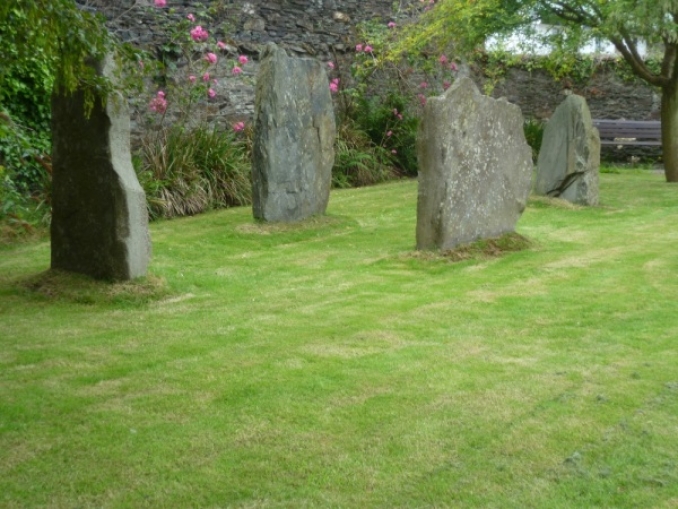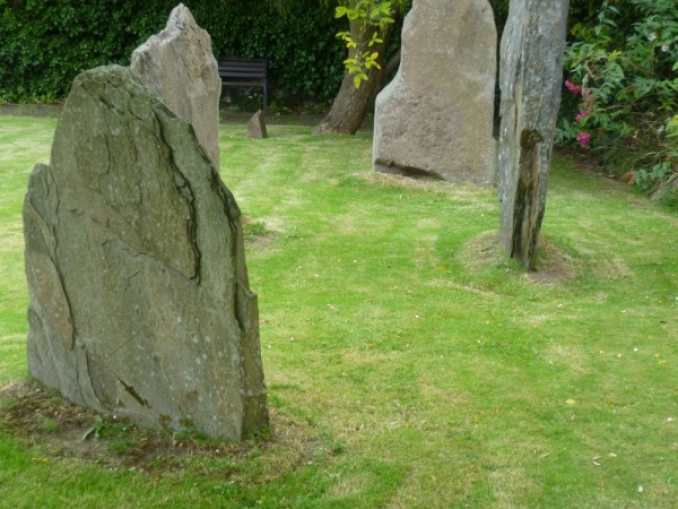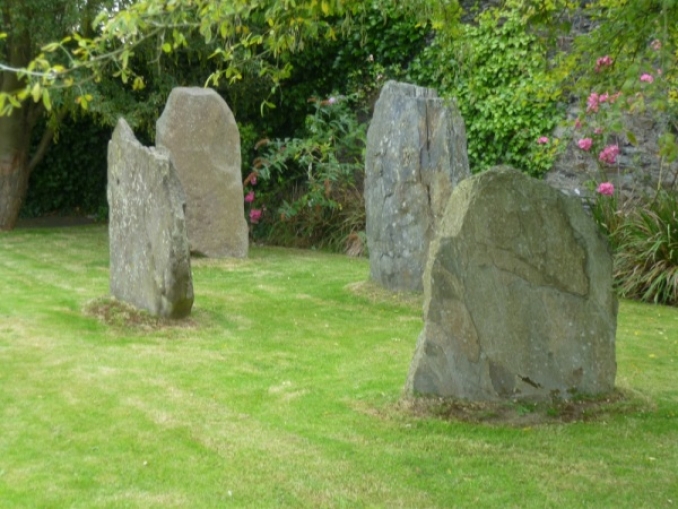The discovery of the Ballaharra Neolithic tomb in the Isle of Man
Close to the village of St John's (Manx: Balley Keeill Eoin) in the Isle of Man (Mannin) is the Ballaharra Quarry. It is owned by the Corlett family, who run a genuine Manx company with ownership and control remaining within the same family since it was established in 1947. They bought the site at Ballaharra after discovering working deposits of sand suitable for building materials. Production began in 1965.
During work at Ballharra in 1971 a Neothlic chambered tomb was uncovered. Over the next two years the site was excavated by a team led by Dr Sheila Cregeen of the Manx Museum (Thie Tashtee Vannin). It was to reveal one of the Island's ten Megalithic tombs which turned out to be the most important site on the Island for Neolithic pottery. The site yielded radio carbon dates circa 2,300 BC. A bronze age urn was also found.
Artefacts from the site are now in the custody of the Manx Museum. The surviving stone lintels, which originally sat above the large tomb, were donated by the Corlett family to German Parish Commissioners, who erected the stones in the village. They are set in a pleasant small park with flowers and benches not far and to the east from Bunscoill Ghaelgagh, the Manx-language primary school in St John's. They have now been arranged as a beautiful set of standing stones, which pay homage to the creators of the original tomb so many thousands of years ago.









